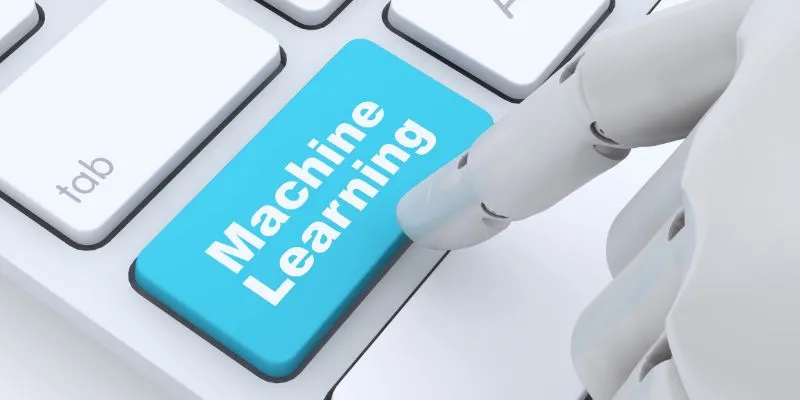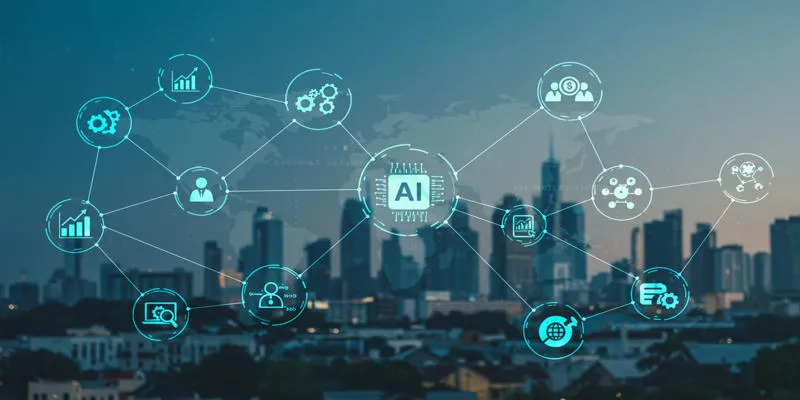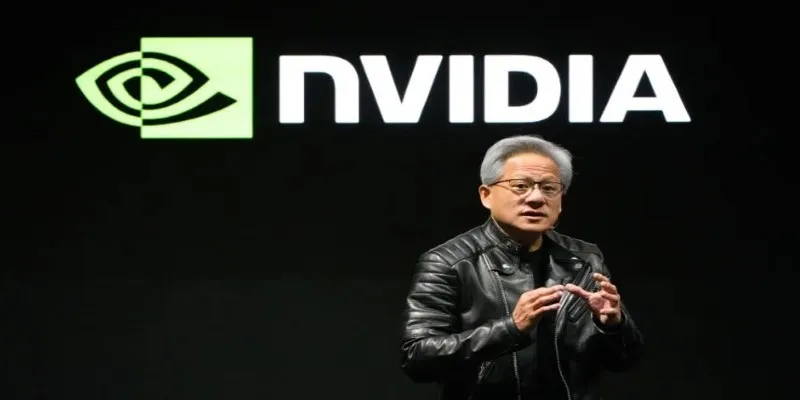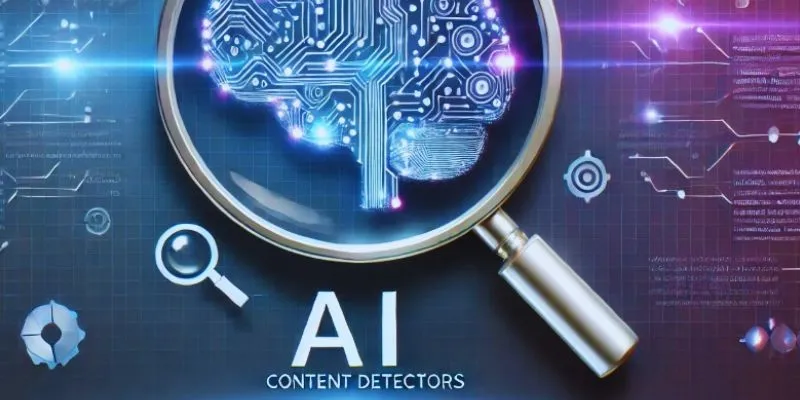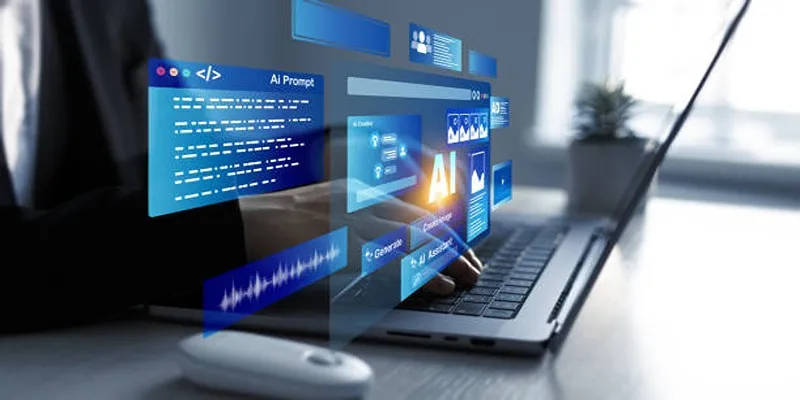Artificial Intelligence (AI) continues to evolve, transforming how we live and work. By 2025, its impact on industries and daily life will be even more pronounced. This evolution presents exciting possibilities but also raises numerous questions. Understanding these changes is crucial, and O’Reilly’s insights provide a clear guide to this rapidly advancing technology.
The State of AI in 2025
By 2025, AI will transition from a visionary concept to a core industry innovation. Businesses increasingly rely on AI-powered solutions across key sectors such as healthcare, finance, manufacturing, and entertainment. O’Reilly’s reports reveal that over 70% of enterprises have integrated AI into their core strategies.
AI is undergoing a transformative shift—from specialized systems for specific tasks to versatile general AI equipped to tackle complex, multi-dimensional challenges. Advances in machine learning, natural language processing, and computer vision are enabling AI to learn, adapt, and understand in unprecedented ways. The future looks promising, with AI poised to revolutionize industries and unlock opportunities once thought impossible.
Key Trends Shaping AI in 2025
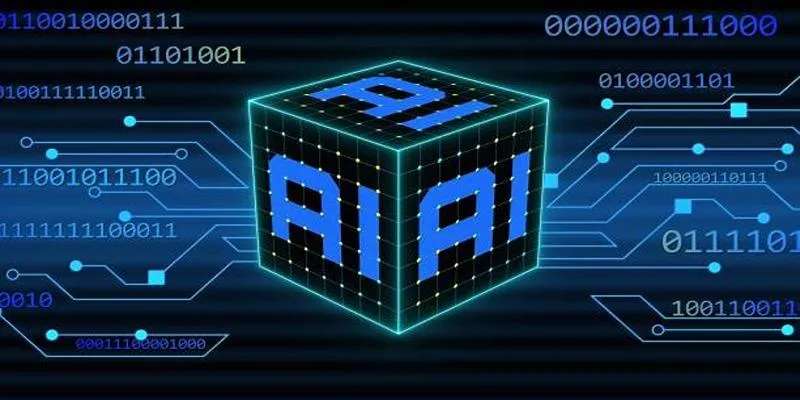
1. AI Democratization: Making AI Accessible to All
By 2025, AI democratization will fundamentally change how individuals and organizations utilize this powerful technology. New low-code and no-code platforms will simplify technical complexities, allowing users with basic knowledge to build and deploy AI models. Startups and small businesses will gain competitive advantages akin to those of major industry players.
O’Reilly observes that this trend fosters innovation and creativity across various industries, leading to fresh ideas and solutions from diverse communities.
2. Ethical AI: Addressing Critical Challenges
- AI integration into daily life raises crucial ethical concerns.
- Key issues include bias, transparency, and accountability, which are now essential considerations.
- Organizations prioritize systems that promote fairness, inclusivity, and privacy.
- By 2025, regulatory frameworks and industry standards are expected to address these challenges (O’Reilly).
- Companies invest in ethical AI practices to align technology with societal values while ensuring effectiveness.
3. AI and Human Collaboration: A New Synergy
In 2025, AI redefines how humans and machines collaborate rather than replacing jobs. From healthcare to creative industries, AI enhances human capabilities, enabling professionals to focus on higher-value tasks. For instance, diagnostic AI tools assist doctors in making more accurate decisions, while in creative fields, AI inspires new ideas for designers and writers.
O’Reilly’s research emphasizes designing AI systems that complement human skills, fostering a symbiotic relationship that leverages the strengths of both technology and people.
4. Edge AI: Intelligence at the Source
- Edge AI processes data locally on devices instead of relying on centralized cloud servers.
- It’s crucial for real-time decision-making applications like autonomous vehicles, IoT devices, and smart cities.
- Advancements in hardware and algorithms are improving efficiency and scalability, as highlighted by O’Reilly.
- By processing data closer to its source, edge AI boosts speed, enhances security, and improves user experience in critical industries.
5. AI-Driven Personalization: Redefining Customer Experience
Personalization is no longer a luxury—it’s essential for delivering exceptional customer experiences.
Transforming Industries with AI-Powered Hyper-Personalization
AI reshapes how industries connect with audiences, unlocking potential for hyper-personalized experiences. In e-commerce, AI delivers curated product recommendations tailored to individual preferences. In healthcare, it powers precise treatment plans based on patient-specific data.
O’Reilly on AI’s Predictive Potential
O’Reilly highlights AI’s extraordinary predictive capabilities, analyzing vast datasets to uncover patterns and predict user preferences with stunning accuracy. This foresight enables businesses to anticipate customer needs and deliver solutions proactively, setting a new benchmark for service and engagement in today’s competitive landscape.
The Business Case for Personalization
Hyper-personalization is more than a tech innovation—it’s transformative for businesses. By tailoring products, services, and experiences to meet individual customer needs, companies unlock new levels of satisfaction, loyalty, and revenue growth. Personalized interactions foster a sense of value and connection, driving deeper relationships and positioning businesses for long-term success across every industry.
2025 is shaping up to be a pivotal year for AI, as these trends redefine how technology integrates into our lives, businesses, and society. From empowering individuals to fostering ethical practices and seamless collaboration, AI promises a smarter, more inclusive future.
Challenges in the AI Landscape
While AI advancements are transformative, the journey forward is not without its challenges. O’Reilly highlights critical issues to address as we approach 2025.
1. Data Quality and Accessibility
AI systems thrive on data, but their performance hinges on data quality. Poor- quality, incomplete, or biased datasets can lead to unreliable results, undermining trust in AI. Organizations must prioritize robust data governance and invest in effective data management practices to ensure their AI models are accurate and dependable.
2. Skill Gaps and Talent Shortages
- The rapid growth of AI has increased demand for experts in building, deploying, and maintaining these systems.
- The current talent pool often cannot meet this demand.
- O’Reilly emphasizes the importance of upskilling and reskilling initiatives.
- These efforts aim to develop a workforce capable of sustaining and advancing AI innovation.
3. Security and Privacy Risks
As AI systems handle increasingly sensitive data, safeguarding security and privacy becomes crucial. The growing threat of cyberattacks and data breaches demands a proactive approach to cybersecurity. O’Reilly’s research stresses the importance of implementing robust defenses to protect AI systems from potential threats and ensure their resilience.
The Future of AI: What’s Next?
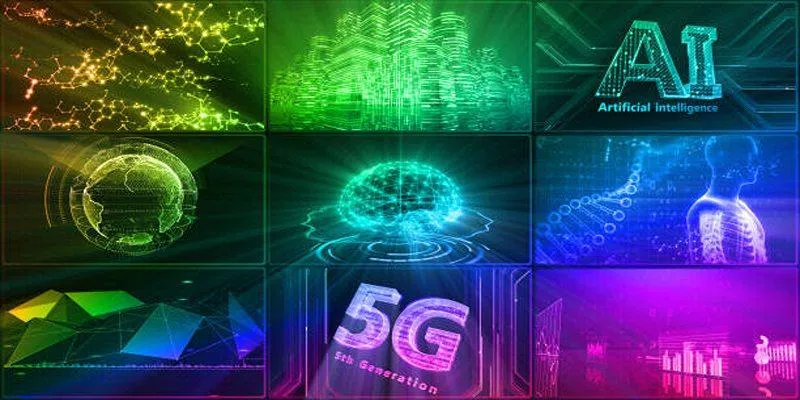
Looking beyond 2025, AI’s potential continues to expand, offering a world of exciting possibilities. According to O’Reilly, AI is set to become increasingly intuitive, adaptive, and seamlessly integrated into our daily lives. Breakthroughs in technologies like quantum computing and neuromorphic engineering are poised to propel AI’s evolution, unlocking new opportunities for innovation and discovery.
The future of AI hinges on addressing the challenges and ethical dilemmas tied to its development and use. To ensure AI serves humanity, collaboration among governments, industries, and academic institutions is essential. Together, we can shape a future where AI not only advances technology but also uplifts society.
Conclusion
The advancements in AI by 2025 highlight the transformative impact of technology on our world. O’Reilly’s invaluable insights offer a thorough exploration of the trends, challenges, and opportunities shaping this ever- evolving field. As AI progresses, it becomes increasingly important for both organizations and individuals to stay informed, adapt to emerging changes, and harness the immense potential of this groundbreaking innovation.
 zfn9
zfn9









